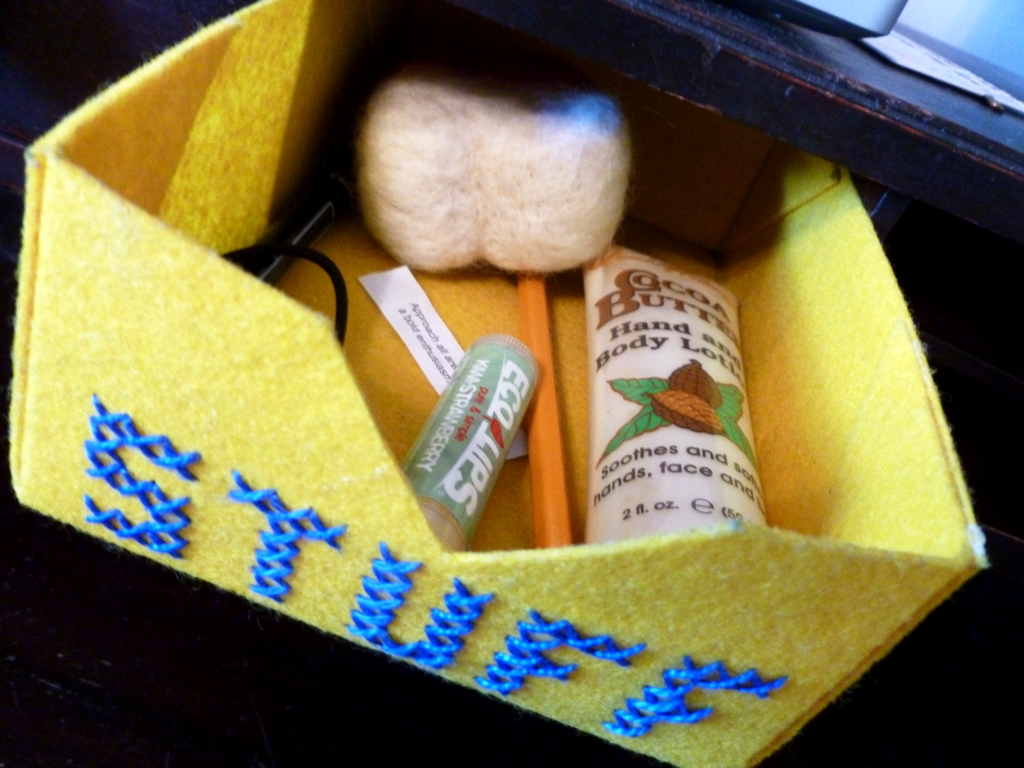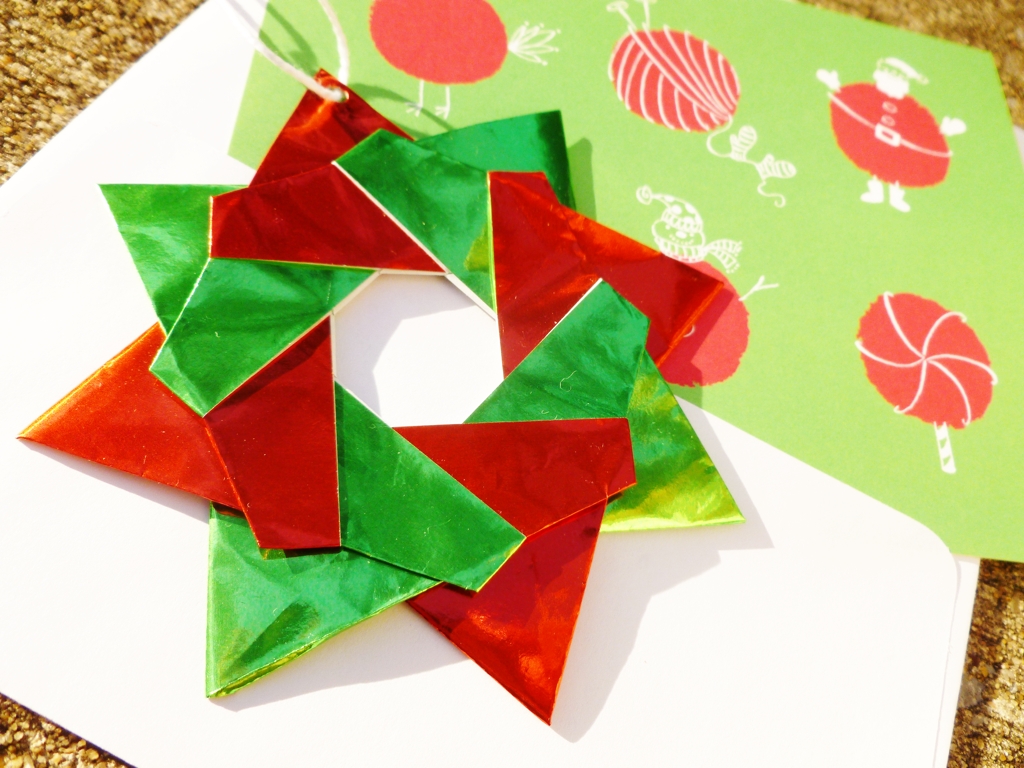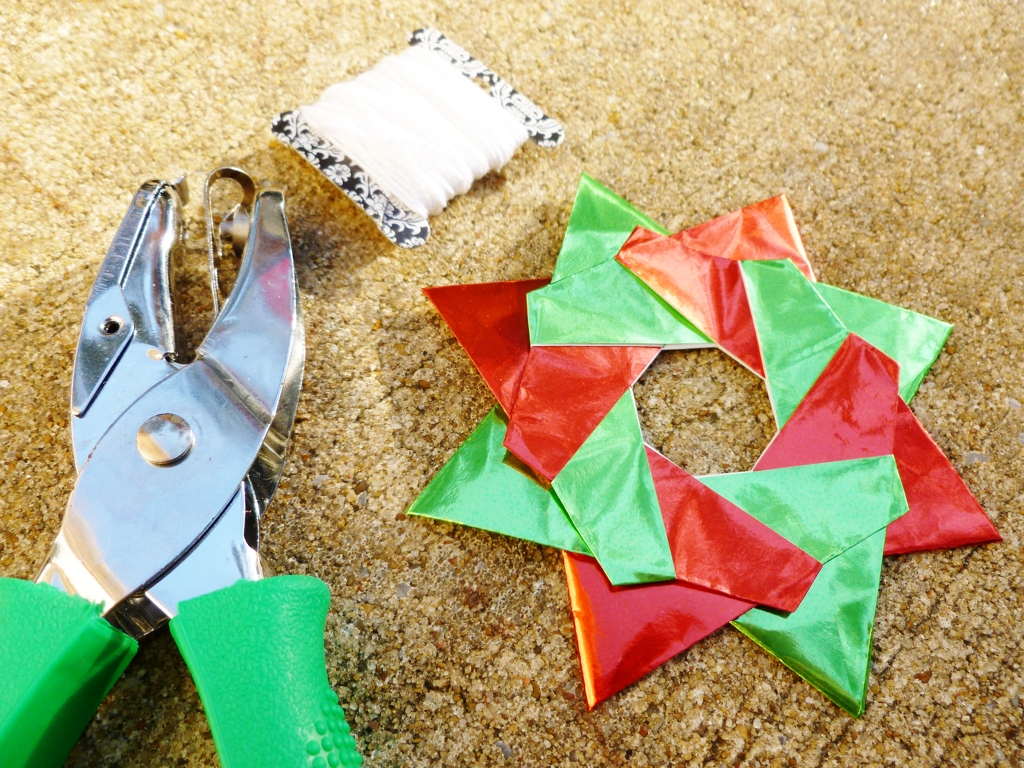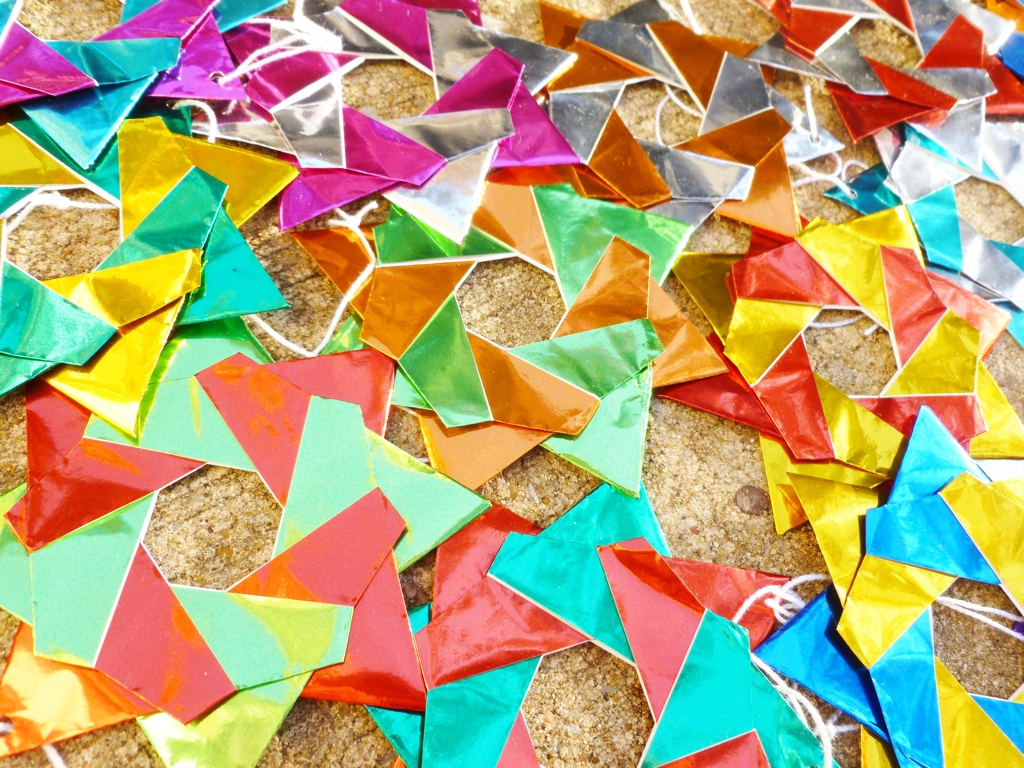Marble Dyeing
/The second Saturday of April came and went while I spent the morning at my favorite fiber guild, The Greater Birmingham Fiber Guild. This month we played around with marble dyeing silk handkerchiefs. I’ve never tried marble dyeing before and was looking forward to learning something new. To dye the cloth, we dropped dye on water thickened with methylcel and then swirled the colors before laying the handkerchief on top. The treated water had the consistency and feel of slime so everything floated.
The process was pretty fun and there were some great results after a bit of troubleshooting. Sometimes the dye wouldn’t spread and just fell to the bottom of the pan. Sometimes the dye spread too much. Other times the dye wouldn’t stick to the cloth at all. The secret to marble dyeing might be holding your jaw just right.
My first attempt came out pretty well even if it doesn’t look like traditional marbling. I’m going with surrealist peacock feather. The second try was only half successful since only one of the colors really shows. Stare at it long enough and you’ll start to see things. I’ve noticed a few faces, an alien, and an epic fish. What do you see?
Now to figure out what to do with two silk handkerchiefs and stare at marbled paper with new found appreciation.














































































